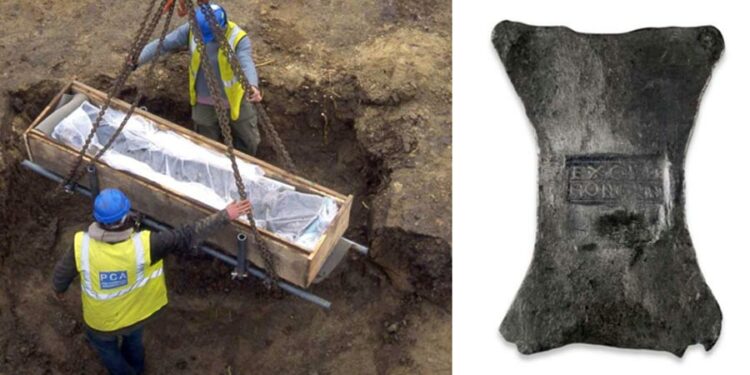Recently, archeologists have found an ancient mausoleum in which there was the most significant illegal silversmithing site in Roman Britain. A large amount of litharge – a lead oxide and by-product of silver extraction was found, implying that a tribe was melting metal for its valuable raw material. The 15 kilos of litharge found at Grange Farm, a dig site near Gillingham, Kent, is the most considerable amount ever discovered at a place in Roman-era England.
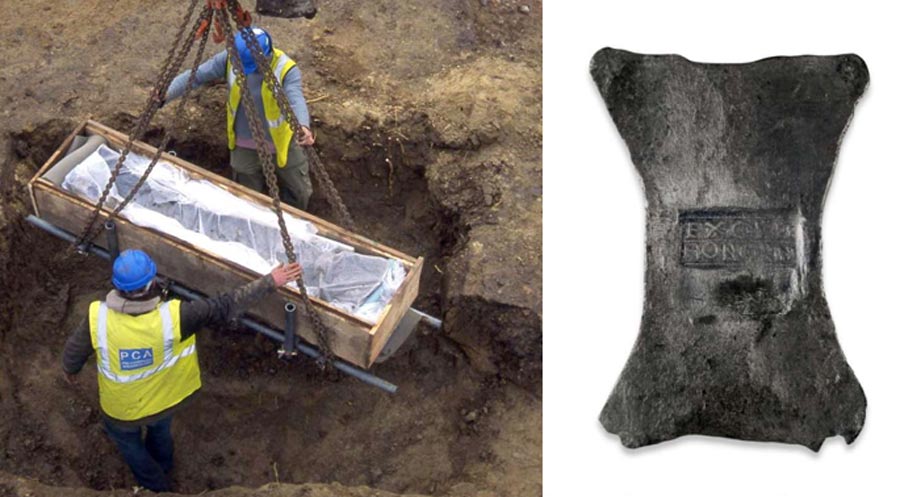
Metal mining occurred at one end of a building, with heaters in the middle and high-status domestic use at the other. According to researchers, it was most likely a vast clan involved in farming, hunting, animal husbandry, and metal smelting.
Because the Romans worked on a gold and silver economy in the third and fourth centuries, imperial taxation was directly applied to the ownership of those metals.
“This leads the investigators to suspect that the silversmithing may have been illegal. Was that legal? Was that under supervision?” says Dr. James Gerrard, senior lecturer in Roman Archaeology at Newcastle University.
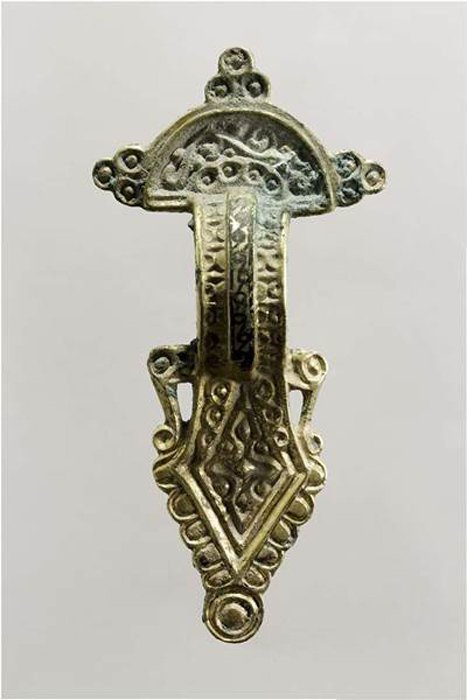
‘It’s also unclear what the objects being melted down were.’
‘Maybe they weren’t coins because the bronze coinage contained too little silver inside.’
‘We can assume that silver refining in this area was either done legally by the ‘Roman state’ or illegally.’ It’s an unusual feature of the site.”
‘Perhaps they were producing silver ingots similar to those found in the Canterbury Treasure.’
The scientists also unearthed a monument that would have been as tall as a two-story house, indicating that the owner was of excellent social standing. Investigators discovered a middle-aged to an older woman in the lead coffin who could have been the clan’s leader or chief.
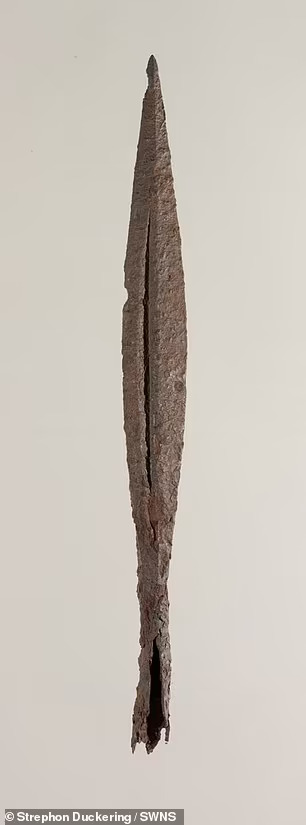
‘It’s essentially a funerary monument. It was most likely built in the late third or early fourth centuries AD, and it was a stone building structure with a tile roof. It was most likely pretty tall — visible from the Medway – perhaps the height of a two-story house or more minor. It’s somewhat different for having a tessellated pavement of plain mosaic in a simple red color, which is extraordinary for Roman Britain.
‘A lead-lined coffin was used to bury this middle-aged to elderly lady. Based on the isotope analyses on the teeth, she was probably local. Silver connotes riches. The tomb is a valuable asset. It takes resources to construct a mausoleum and bury someone in a lead coffin. However, she had a difficult life. She died of osteoarthritis but lived to a ripe old age and was buried with dignity. I believe she was a high-ranking official. She wasn’t a farmer, and she had clout in the community. Gold jewelry discovered in the mausoleum, including a necklace or bracelet constructed of gold filigree double-loop links interwoven with polyhedral, adds to the evidence of wealth.
Maybe it was a necklace transformed into a bracelet for a child, although it’s unclear if it came from the mausoleum or sarcophagi nearby. Surprisingly, the mausoleum remained intact until the 11th or 12th centuries, when the Anglo-Saxons left the ancient Roman structure. The mausoleum, however, was not empty, as the researchers discovered, since the owls had taken it over.
‘We believe the tomb was disturbed during the fifth century,’ Dr. Gerrard added.
‘We have no idea what happened — and the building remained standing until the Norman Conquest.’
‘We found brown owl pellets. The structure degenerates into a wreck, and owls take up residence.
The Roman Empire had come to an end, the tomb had been abandoned, and the owls lived there- we can’t say precisely when this happened, but it was probably between the 5th and 10th centuries. The researcher believes the Anglo-Saxons abandoned the monument, which they may have used as a navigational structure for people traveling down the River Medway.
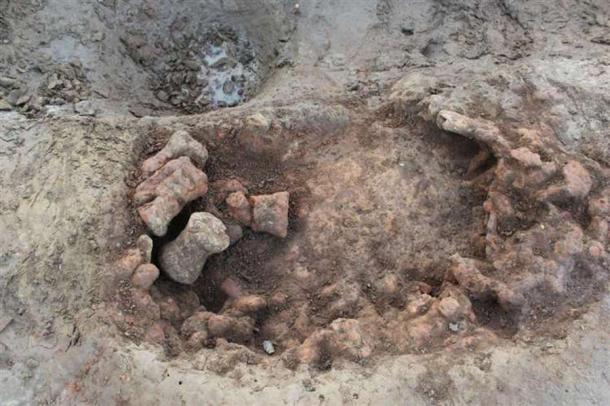
The researchers discovered 453 Roman coins, 20,000 ceramic fragments weighing a quarter of a ton, and 8,000 animal bones at the site. The tomb was moved after Domesday in 1086 when the land was assigned to Bishop Odo of Bayeaux, William the Conqueror’s half-brother, with pasture, a tidal mill, and six unfree peasants.
Dr. Gerrard said: ‘The site later became a medieval manor house.
They likely reused the building’s stone to construct a church.’ The property was first known as Grenic in 1122, then Grenech in 1198, Grenge in the 14th Century, and Grange Farm.
“A long process ended,’ Dr. Gerrard remarked. ‘I began working as a site assistant and digger on a short-term contract in 2005. I was in my twenties at the time. I’m now 40 years old and am a senior lecturer at Newcastle University, 15 years later. It’s been with me for a long time and is an integral component of my professional life. It’s been a significant part of our lives for all of the other persons in the report.’

